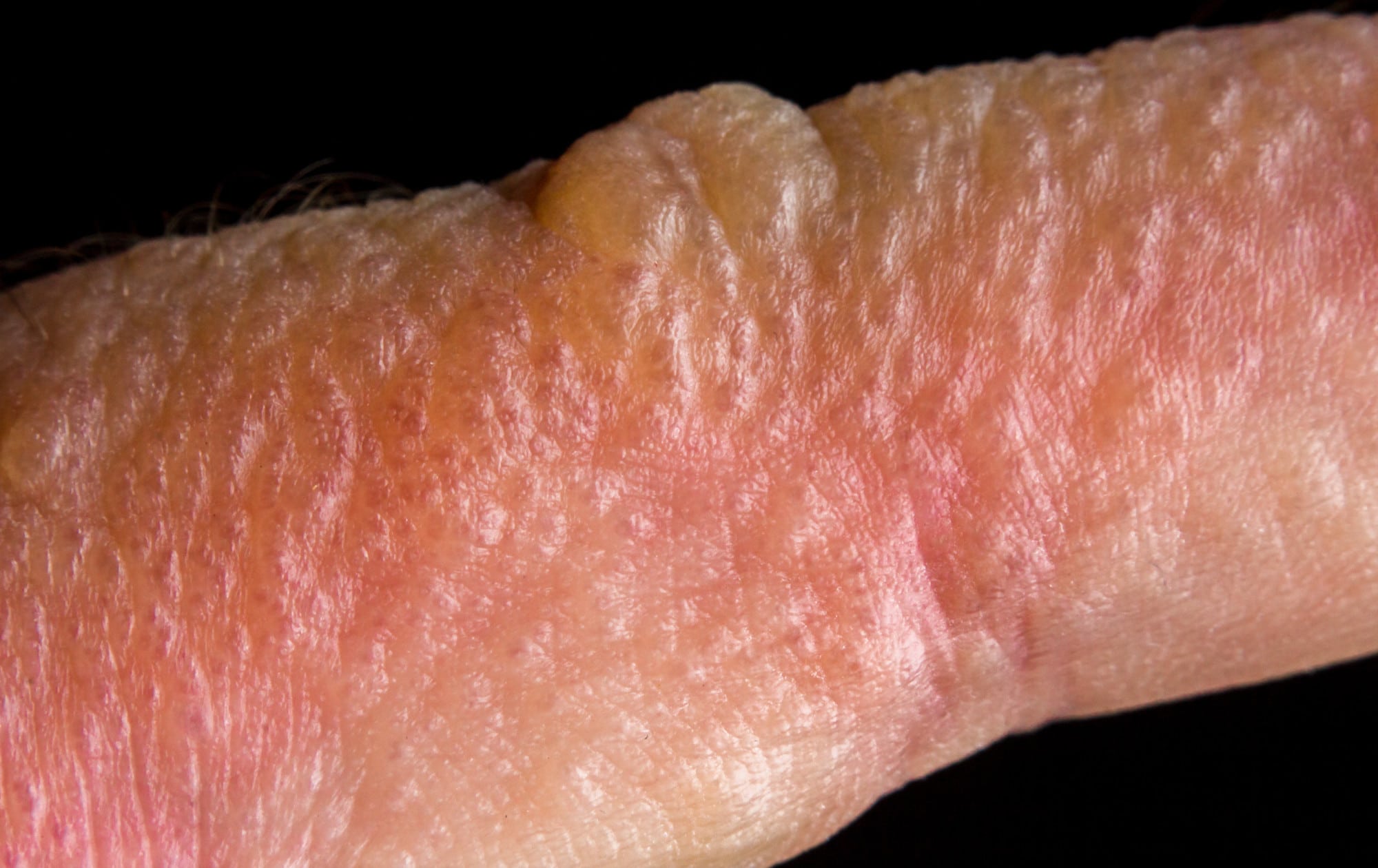Poison ivy rashes are the most common allergic reaction in the United States. Each year as many as 50 million Americans are affected. If you’re planning on spending time in the great outdoors this summer or work outside, keep reading to learn how to prevent and treat a poison ivy rash.
Poison Ivy
A poison ivy rash happens when there is skin contact to the poison ivy plant. This plant grows just about everywhere in the United States.
Its sap is called Toxicodendron radicans and contains the oil urushiol. This oil is what causes the skin to have an allergic reaction and rash from this plant.
You might not even come in direct contact to get the rash. Urushiol can get on your shoes, golf clubs or gardening equipment and get in contact with your skin that way.
Symptoms of A Poison Ivy Rash
The allergic reaction one gets from poison ivy is called contact dermatitis. This happens when your skin is in contact with an irritant, like urushiol. Symptoms of a poison ivy rash include redness, itching, swelling, painful blisters, and difficulty breathing if you were to inhale smoke from burning poison ivy.
A poison ivy rash will appear within 12 hours of contact and can take a couple of days to develop fully. The severity of your rash will depend on how much urushiol got in contact with your skin.
Diagnosis
If you know that you were in contact with poison ivy and are now developing a rash, you do not need an official diagnosis from a doctor. If you see a doctor, he or she can diagnosis simply by looking at your skin without a test or biopsy.
You should go to the emergency room if you are also experiencing trouble swallowing, shortness of breath, the rash is on your genitals, your rash is swelling or is on a large area of your body, or face.
Treatments
If you come in contact with poison ivy here’s what you should do.
Wash any areas of your skin that touched the plant immediately. This might remove some of the oil and lessen your reaction. Wash the clothes you were wearing and anything else may have touched the plant.
You can take an over the counter antihistamine to help relieve itching. Also applying a drying lotion like calamine lotion or hydrocortisone cream to the rash can help stop the itching. Just make sure you don’t scratch the rash, as this will prolong your symptoms, or lead to an infection if you break the skin.
Frequent warm oatmeal baths and or cool wet compresses applied to your rashes can also help soothe your skin.
Other home remedies that can relieve the discomfort include menthol cream to cool the skin, aloe vera or witch hazel to relieve inflammation. Apple cider vinegar can also act as a natural way to dry the urushiol, which can help speed up the healing.
Prevent A Poison Ivy Rash
Now that you know what to do if you get any poison ivy rash, you also can try your best to prevent contact with this plant. The best way to prevent a poison ivy rash is to know what the plant looks like, so you can avoid contact.
If you are out in an area where the plant is, be sure to cover your skin or use an ivy blocking cream which prevents urushiol absorption. If you need medical attention, contact us today.

